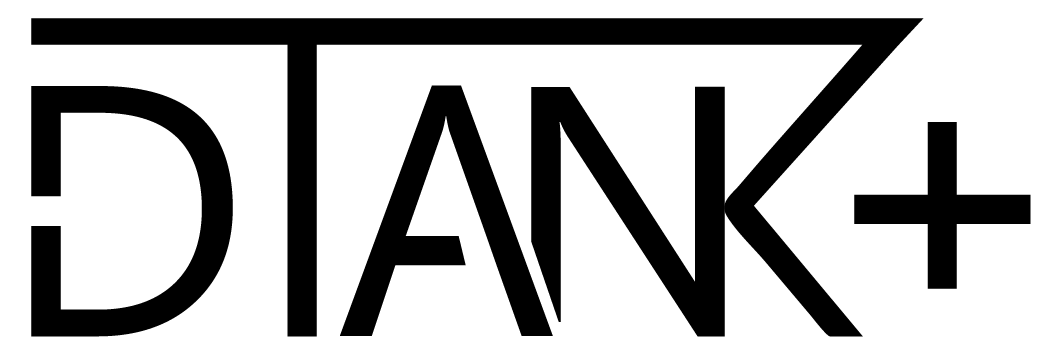Creating a custom workspace is a significant investment that requires careful planning. Jumping into a project without a detailed budget can lead to costly mistakes, leaving you with a half-finished project – or worse, one that doesn’t even meet your most basic needs. There are a lot of details to consider when budgeting for a custom workspace, and it can be overwhelming. To help you navigate the process, we’ve broken down the budgeting steps into a comprehensive guide that will make planning much more manageable.
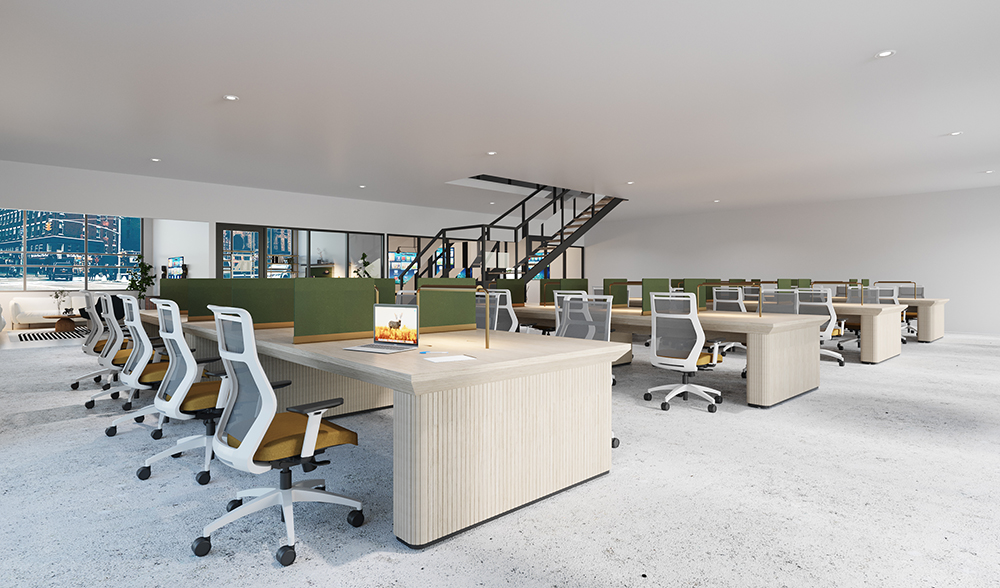
1. Assess Your Needs
To begin developing a budget, it’s important to first understand your functionality requirements, or what you need from your workspace. Spend some time observing the tasks that employees perform daily and the equipment or furniture required to support these activities. For example, if they often work with large documents, ample desk space and filing cabinets might be non-negotiable.
You should also consider how employees navigate their current space. Are they collaborating with each other frequently throughout the day, or do they mostly work independently at their desks? Do they often have presentations? If so, where do they present them? And do they welcome clients into the space for the presentations? Asking these types of questions will help you compile a comprehensive list of items you need, from desks and storage solutions to ergonomic chairs and the latest technology.
As you plan for functionality, don’t forget about the visual appeal of the workspace, too. Aesthetics play an essential role in brand development and recognition, as well as employee mood, productivity, and satisfaction. Be sure to consider the impact of different styles, textures, materials, and color palettes before making any aesthetic decisions. Your final choices should reflect brand identity and create an environment that promotes a positive employee experience.

2. Measure the Space
In addition to identifying what you need in your workspace, you should determine how much space you have to accomplish your goals. Accurate measurements are crucial to ensure that the floor plan and furniture proportions coordinate with the overall scale of the space. Be sure to document the dimensions of each wall carefully, including windows and doors. From there, you can calculate the total square footage. This information will help you visualize the space and plan the layout efficiently. It’s also useful when ordering custom furniture that is required to fit within a specific area of the design.
When you begin space planning, consider how the placement of workstations, meeting areas, storage, and pathways will affect the functionality and flow of the space. There are a variety of floor planning tools and software that you can use, such as Foyr, Coohom, and RoomSketcher, to experiment with different layouts. We recommend that you take the time you need to explore and weigh the benefits of each option before making any final decisions. Thoughtful space planning is not something that should be overlooked, as it contributes significantly to enhanced productivity, reduced clutter, and a more pleasant working environment.
3. Prioritize Key Elements
After assessing your needs and measuring your workspace, you may find that you simply don’t have the spatial or financial capacity to include everything on your wishlist. Prioritizing your needs is a necessary step when budgeting for a custom workspace.
Take another look at the list you have compiled and reorder your list so that any must-have items are at the top. This includes anything that is integral to daily operations and employee comfort, such as a desk, computer, or ergonomic chair. Then, you can fill in the rest of your list with nice-to-have items. This approach allows you to allocate funds to the most critical elements first and provides flexibility to add extra enhancements as your budget allows.
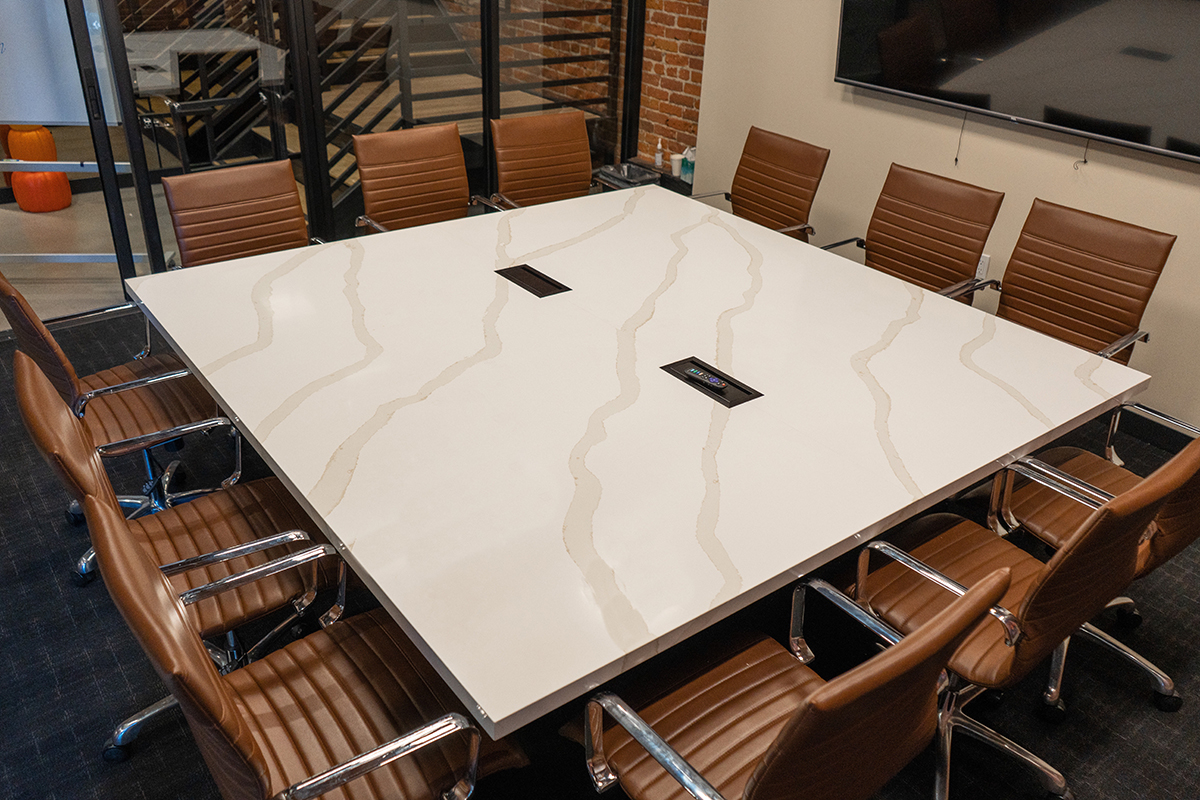
4. Research Costs
As you begin to envision your custom workspace, style preferences and needs are just some of the factors that dictate a design. The costs of materials and furniture also play a part in determining how your space will look when it’s complete. Understanding these costs before you jump into a project will help you make informed choices that align with your budget.
We recommend doing thorough research and comparison of costs before you make any decisions. For example, you may want to compare the prices of hardwood, laminate, metal, and glass for desks and storage units. Look into the costs of different flooring options, wall treatments, and lighting fixtures as well. You can visit showrooms, browse online stores, request catalogs from suppliers, or seek professional support to put together a rough estimate of the total project cost.
Keep in mind that the price range for different types of furniture can vary significantly, especially when comparing standard and custom furniture. While custom pieces provide unique features to suit your needs, they often come at a premium. It’s important to understand how different levels of customization, such as bespoke furniture, tailored lighting solutions, and custom-built storage, will impact your overall budget. Be sure to weigh the benefits of customization against the costs. If you decide that the custom piece would be an invaluable addition to your design, factor those costs into your budget as you are planning, in order to avoid surprises later.
5. Set Realistic Expectations
Once you understand the costs involved, we recommend breaking them down into specific categories, such as furniture, decor, technology, and miscellaneous expenses, to create a detailed budget sheet. Allocate a portion of your budget to each category based on your priorities. For instance, if high-quality seating is essential, you may want to use a larger portion of your budget to purchase ergonomic chairs.
While the goal of a detailed budget is to eliminate surprises, it is not always possible to estimate costs down to the exact decimal. Unexpected expenses, like shipping, last-minute change fees, and construction adjustments, can come up at any time during a project. Set aside a contingency fund – typically 10 to 15% of your total budget – to cover unforeseen costs. This fund will provide a financial cushion and help you avoid overspending.
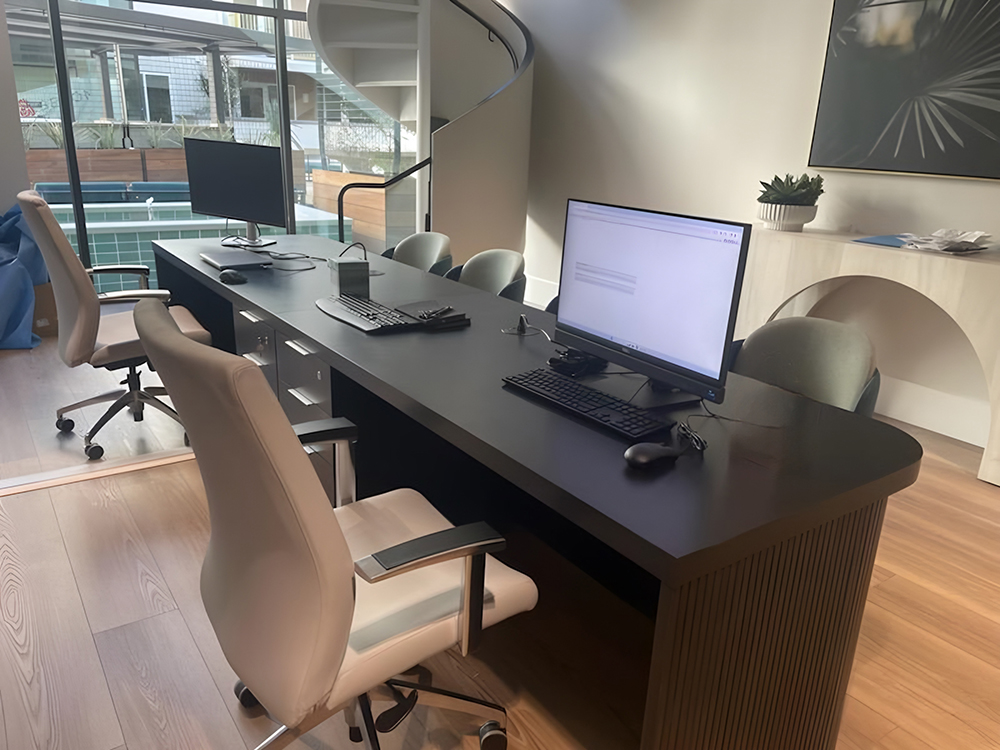
6. Get Professional Advice
From assessing needs and measuring the space to researching products and estimating costs, we know that there are a lot of details involved in budgeting for a custom workspace. Luckily, you don’t have to do it all alone. You can engage with interior designers, architects, furniture designers, and workspace consultants who specialize in creating functional and stylish work environments. Their expertise can provide valuable insights into space optimization, cost-effective solutions, and innovative design techniques. Professionals who are experienced in the industry can also help you avoid common pitfalls and provide project management to ensure your project stays on track.
Just as you compared costs during the research phase, it’s a good idea to obtain detailed quotes from multiple vendors for furniture, materials, and services. Comparing quotes helps you understand the market rate and identify the best value for your money. Be sure to ask about delivery timelines, installation costs, and any additional fees that may not be included in the initial quote, so that you have a full understanding of the commitment involved.
7. Consider Long-Term Value
It might be tempting to choose inexpensive options to save on initial costs, but investing in high-quality pieces can save money in the long run. Quality furniture and materials often offer better durability and longevity, which means that you won’t have to replace or repair them as often. Some furniture and materials are also easier to maintain than others, leading to lower long-term maintenance costs. It’s worth evaluating the lifespan and warranty of each item before you make any purchases to ensure it provides value over time.
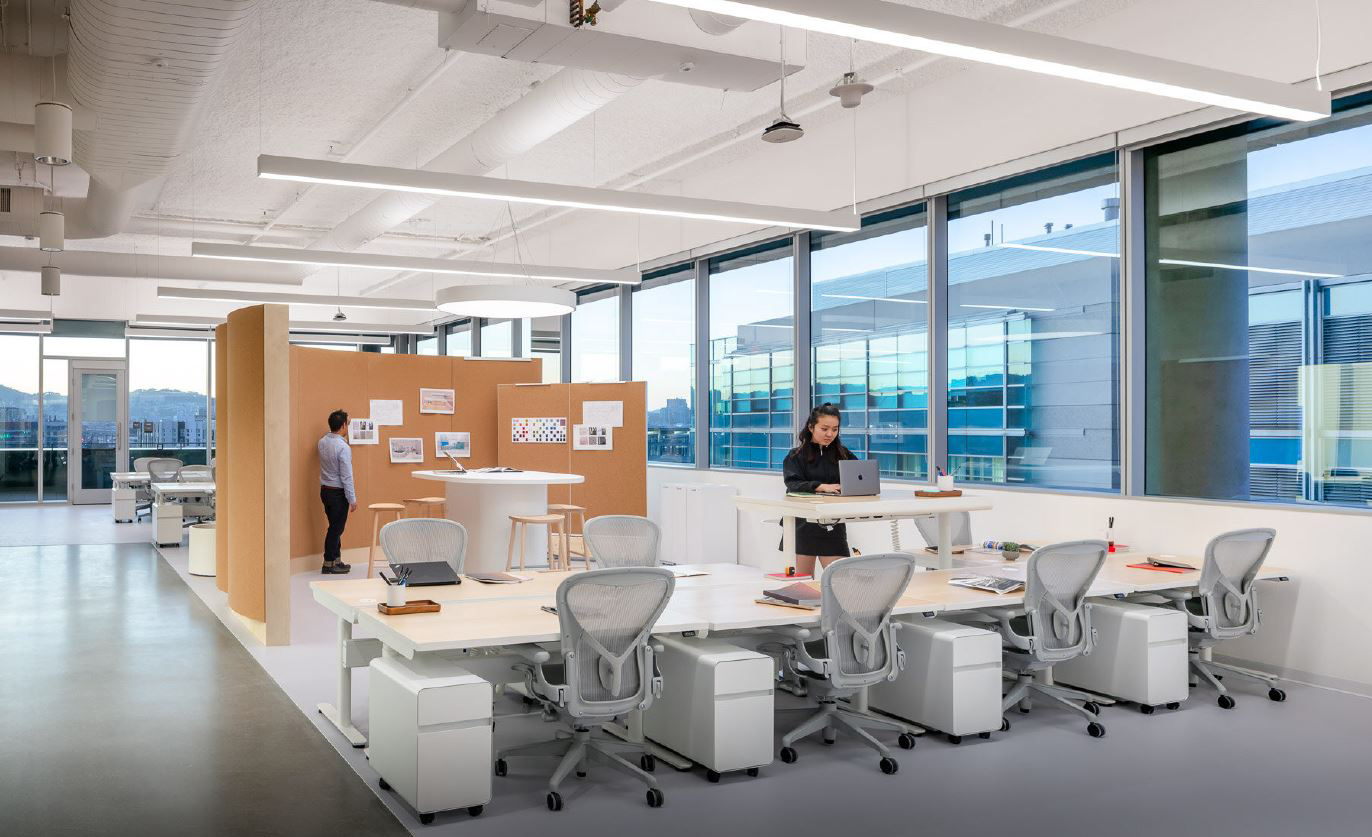
8. Review and Adjust
Although the steps above will help you refine the details, remember that maintaining a balanced budget is an ongoing process. It requires frequent review and adaptability throughout a project to ensure that the deliverables align with it. Be sure to check in regularly to review expenditures against your budget plan and make adjustments as needed. Keeping a close eye on your spending will help you identify areas where you can cut costs or reallocate funds if necessary.
You should also be prepared to make compromises to stay within your budget. Flexibility is a must when unexpected challenges arise or when certain elements turn out to be more expensive than anticipated. Try to be open to alternative solutions that can achieve similar results.
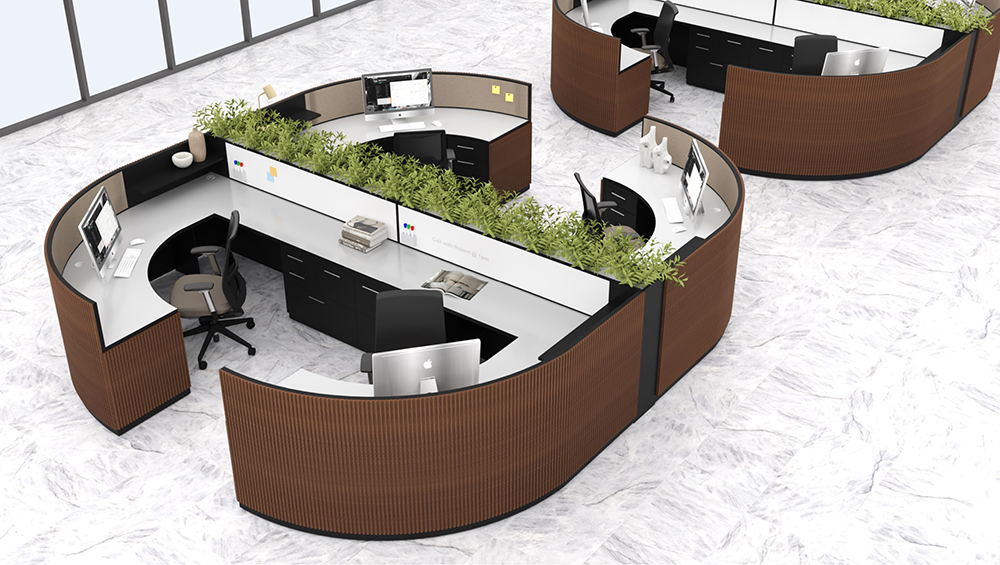
With these strategies to guide you, the process of budgeting for a custom workspace will be much smoother. You can create a space that meets your needs and reflects your style, all while setting realistic expectations and staying in line with your big picture goals.
If you need some support along the way, DTANK+ can help. Our team of in-house furniture designers is well-versed in material selection, as we work with all material types. We are also happy to work within your budget to design tailored solutions that will enhance the functionality and aesthetics of your workspace. Reach out to us to begin working with our team today.


